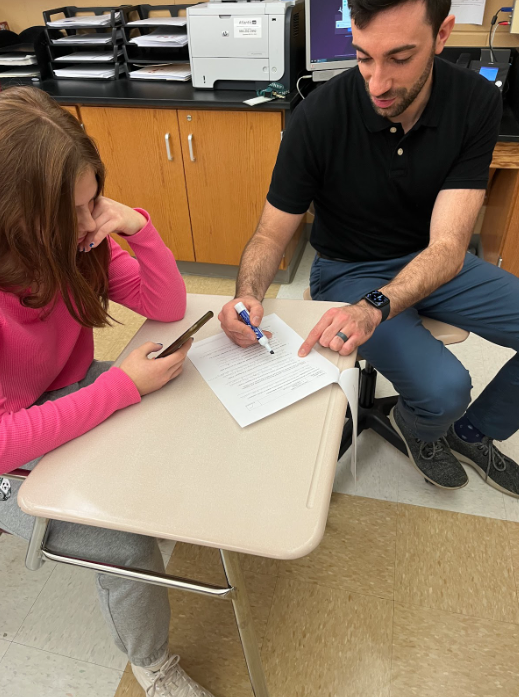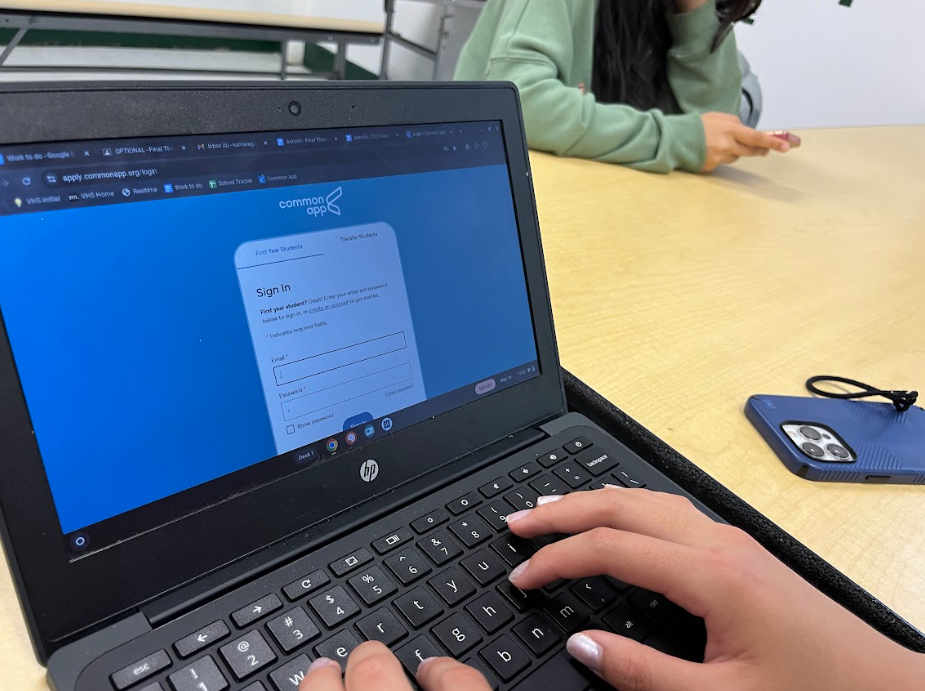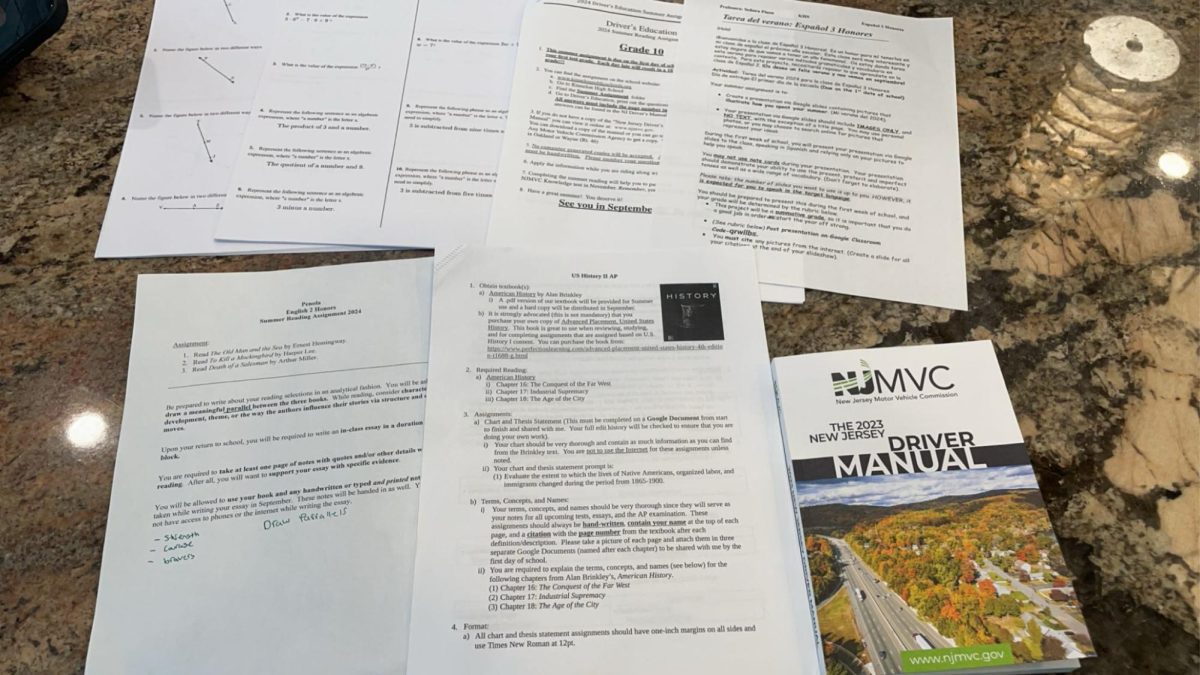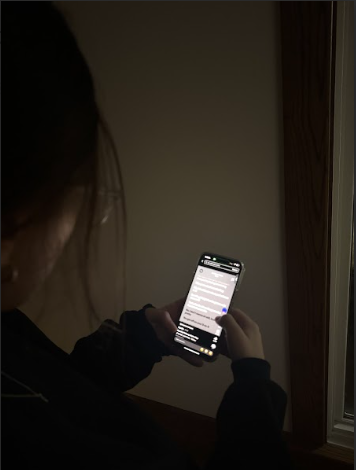As a student finishes her work with nothing to do she pulls out her phone to text her mom asking about a ride home. Her teacher immediately takes the phone away and she never gets a chance to tell her mom she needs a ride.
Phones have improved so much over the past 15 years. So much information is stored in the mini computer and on the internet for anyone to take a look at. The KHS phone policy states that “cellular phones may be used during non-instructional times.” Although seen as a potential distraction, phones can be beneficial at times.
Teacher Jason DelPiano explains his view on phones. “Phones could be incredibly powerful, and useful, like mini computers in our pockets. The hardest thing is just trying to teach students how to use them. Whether they’re being used deductively or not.” DelPiano continues to explain that phones are a great learning tool and he finds them very useful, but there are times when it is right for the students to be on their phones, and there are times when it’s not.
A common method used to control phone use by many teachers including DelPiano is the three-strike phone policy. Students are given three warnings when taking their phone out during a lesson, if the student surpasses three warnings… it will result in their phone being taken or even detention. The reasoning behind this is to give students the freedom to have their phones but not to abuse them.
When there are millions of apps and other distracting sites in the palm of their hands that are designed by manufacturers to hook them in and crave more, teens become easily addicted to the phones. According to disturbmenot.co studies show that about 45% of teens are addicted to their phones.
Mother Kristin Bsales explains that “Phones may be a distraction in school, but I think that students should be able to have some freedom with their phones because they are becoming more responsible and phones are the main source of communication, because teens have a lot going on in their lives, and their plans are changing frequently.”
Bsales goes on to say that she’s happy seeing her children having the accessibility to phones during school hours. At times she finds it so much easier to text them about rides, and changes of plans rather than to call the school multiple times per day.
Freshman Peyton Triano often uses her phone throughout the day. She explains, “My whole life is on my phone. Once I go on my phone it’s like a tunnel; you fall into it and just can’t get out.” She explains how distracting the phone becomes during the school day saying students get bored and remember an easy solution is right in their pocket.
On the other hand, sophomore Melina Lucci says, “I learn better on my phone because I can’t just listen. I need something to be doing.” Depending on the student’s answers vary when they are asked if phones become distracting. Phones are a good way for students to not lose their attention span, but for some like Triano her phone takes up their entire attention span, keeping her from her best learning abilities.
At the end of the day, the students and teachers at KHS have many different viewpoints about phone usage during school hours. Although some say phones benefit students learning ability, others say it does quite the opposite. Is the phone problem the phone itself or the people using it?








